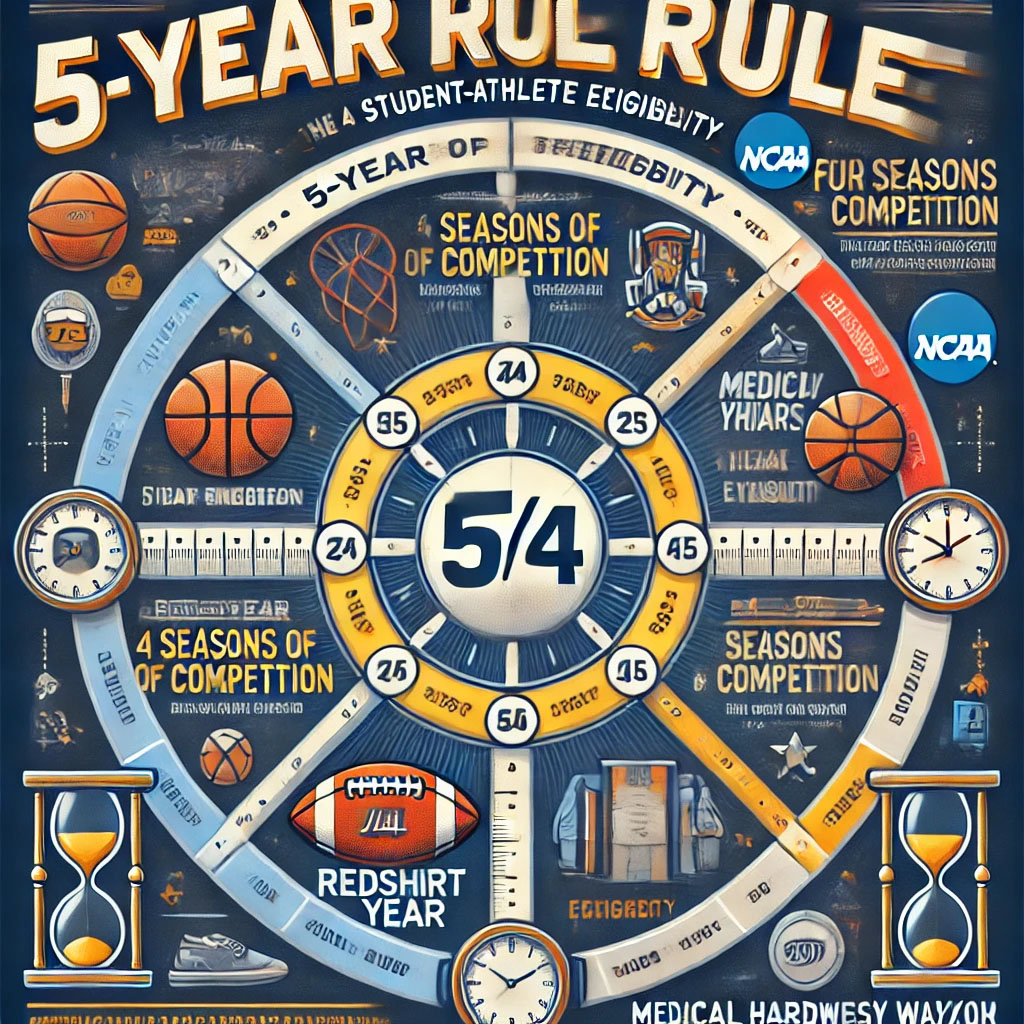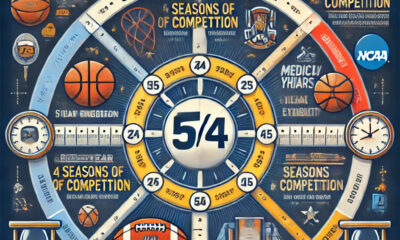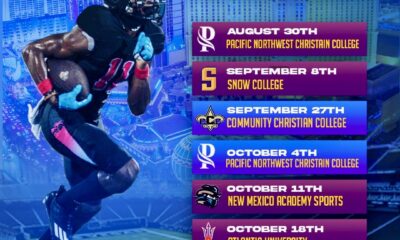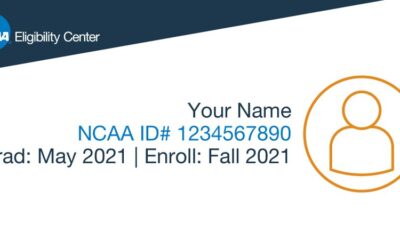
The NCAA 5/4 rule applies to athletes who want to compete in college sports, particularly in NCAA Division I football, but it can also be relevant to athletes in other NCAA sports. After attending a Post Grad Sports Academy, athletes may benefit from the rule in several ways. Let’s break it down:
1. Understanding the 5/4 Rule
– 5 Years to Play 4 Seasons: The athlete has five calendar years from the time they first enroll in college to complete four seasons of competition. This is the core of the rule.
– Redshirting: An athlete may redshirt (sit out a season) to preserve a year of eligibility. Redshirting allows a player to practice and develop without using up a year of their four-season playing eligibility.
– Medical Redshirt: If an athlete suffers an injury and misses significant time (usually 30% or more of the season), they may apply for a medical redshirt to retain that year of eligibility.
2. Benefits of the 5/4 Rule After Attending a Post Grad Sports Academy
Post Grad Sports Academies are often used by athletes to gain extra time for development before committing to college. Here’s how the 5/4 rule comes into play for athletes who have attended one of these programs:
– Additional Year of Development: Many athletes attend a Post Grad Sports Academy to refine their skills and increase their recruiting exposure. If they are able to develop further and attract attention from college coaches, the extra year at the academy doesn’t count against their NCAA eligibility, as long as they don’t compete in games that would be considered a season of competition (e.g., playing in official games or tournaments).
– Benefit of Extra Time: After attending a Post Grad Sports Academy, athletes still have the full five years of eligibility left when they enter college. This is a crucial advantage for athletes who need more time to physically and mentally prepare for the demands of NCAA Division I sports.
– Redshirt Opportunity: If an athlete has attended a Post Grad Sports Academy and enters college football with an increased skill set or better physical condition, they may have the option to redshirt their freshman year to adjust to the college level. This preserves one of their four playing seasons, extending their eligibility further.
– Developing in a Competitive Environment: Post Grad Sports programs often provide athletes with a high level of competition, similar to what they’d experience at the college level, but without the pressure of immediately using up their NCAA eligibility. This gives them a more balanced transition to college athletics.
3. NCAA Rules on Post-Grad Sports Academies
– Eligibility Clock: The key point to remember is that while attending a Post Grad Sports Academy it doesn’t automatically start the NCAA eligibility clock (if the athlete isn’t enrolled as a fully time student or competing in NCAA-recognized events), once they enter a college as a full time student and begin playing on an NCAA team, the 5/4 rule kicks in.
– Amateurism and Eligibility: Some Post Grad Sports Academies may not affect a player’s amateur status as long as they are not participating in professional-level competition. It’s crucial that athletes attending Post Grad Sports Academies understand the NCAA rules regarding amateurism to maintain eligibility.
– One-Time Transfer Exception: If a student-athlete has been at a Post Grad Sports Academy or preparatory school and is transferring to a college program, the NCAA’s one-time transfer rule allows them to transfer without losing a year of eligibility, provided they meet certain requirements.
4. Maximizing the 5/4 Rule After attending a Post Grad Sports Academy
– Physical and Mental Readiness: After spending time at a Post Grad Sports Academy, athletes may be more prepared physically and mentally for the rigors of NCAA competition. This readiness can help them succeed in securing a starting position or being in a better position to redshirt, giving them more options and flexibility in their college career.
– Avoiding Early Burnout: The extra year at a Post Grad Sports helps avoid rushing into college sports too early, which can sometimes lead to burnout. The 5/4 rule ensures that the athlete still has four seasons of eligibility to play, even after spending time developing at the sports academy.
5. Strategic Planning
– Increased Recruiting Exposure: A Post Grad Sports Academy often gives athletes more exposure and a chance to be seen by college coaches. Athletes can then enter the college ranks with more leverage in their recruitment, potentially landing a scholarship at a higher-tier program.
– Delayed College Enrollment: By attending a Post Grad Sports Academy, athletes may not immediately enter college after high school. This delay doesn’t affect the 5/4 rule, as long as they start their collegiate eligibility within five years of their first high school graduation.
Attending a Post Grad Sports Academy can be an excellent strategy for athletes who need additional time to develop their skills before entering NCAA athletics. The 5/4 rule provides flexibility, allowing athletes to preserve their eligibility while benefiting from this extra year of preparation. Whether through redshirting or simply taking full advantage of the five-year window, athletes can maximize their potential for success both academically and athletically.


Must See
-


Academics
/ 1 year agoBreaking down the college 5/4 rule and benefits it has after attending a Post Grad Sports Academy
What is the College NCAA 5/4 rule
By PWPGC
 ad code here
ad code here Title
-


Football
/ 5 months agoPacWest Post Grad Conference Kicks Off with Inaugural 2025 Football Season Schedule for Perazen Elite Prep Academy
The stage is set for an electrifying debut as the PacWest Post Grad Conference...
By PWPGC -


Academics
/ 10 months agoPost High School program provides an opportunity to advance your college sports career!
The PacWest Post Grad Conference offers student-athletes an exceptional opportunity to gain exposure through...
By PWPGC








